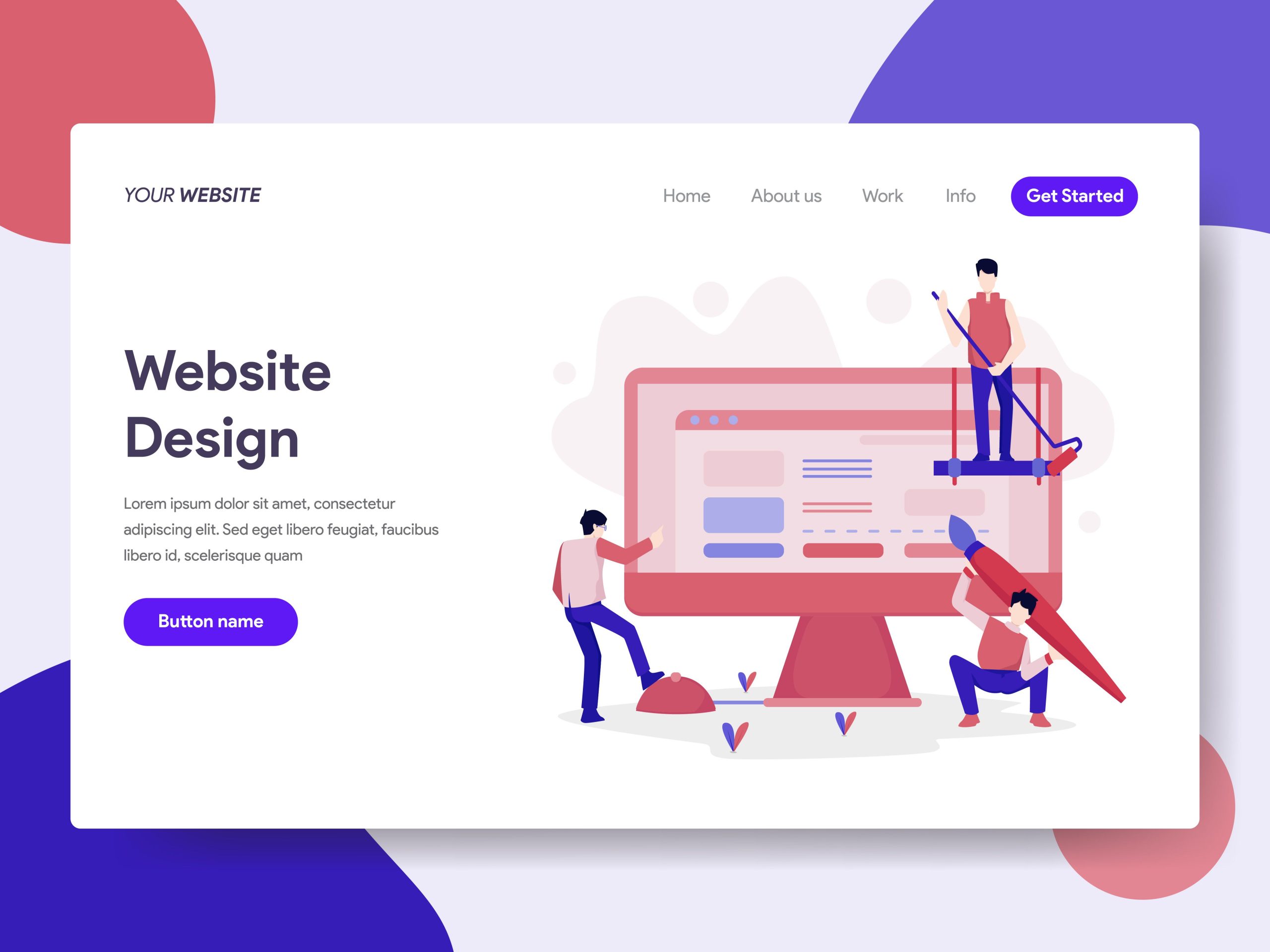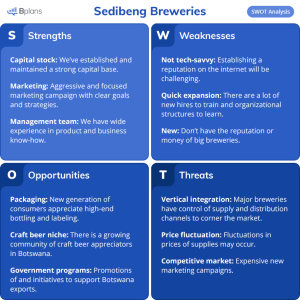
Landing page creation: detailed instructions
Landing pages play a crucial role in online marketing campaigns. They serve as the gateway to converting visitors into leads or customers. Creating an effective landing page requires careful planning and execution.
In this article, we will provide you with detailed instructions on how to create a high-converting landing page. Let’s dive in.
Define your goal: Start by clearly defining the goal of your landing page. Is it to generate leads, sell a product, promote an event, or something else? Understanding your objective will help you structure your landing page accordingly.
Understand your audience: Know your target audience and their needs. Research their pain points, desires, and preferences. This knowledge will guide you in creating a landing page that resonates with your visitors and prompts them to take action.
Craft a compelling headline: Your headline should grab attention and communicate the value proposition of your offering. Make it clear, concise, and benefit-driven. Use strong, action-oriented language to pique the interest of your visitors.
Write persuasive copy: The body of your landing page should provide compelling information that convinces visitors to take the desired action. Highlight the benefits of your product or service and address any objections or concerns they might have. Keep the copy concise, scannable, and easy to read.
Use persuasive visuals: Incorporate relevant images, videos, or infographics that support your message and engage your audience. Visual content can enhance the overall appeal of your landing page and increase conversions.
Include a clear call-to-action (CTA): Your CTA should stand out and clearly communicate what action you want visitors to take. Use action verbs and make the CTA button or link visually prominent. Place it strategically on the page where it’s easily accessible.
Optimize for mobile devices: With the majority of internet users accessing content through mobile devices, it’s crucial to optimize your landing page for mobile responsiveness. Ensure that the page layout, images, and forms adapt well to different screen sizes.
Keep the form simple: If you’re collecting visitor information through a form, keep it short and simple. Only ask for essential details that you need. Lengthy forms can deter visitors from completing them, leading to lower conversion rates.
Build trust and credibility: Incorporate trust elements such as testimonials, reviews, certifications, or security badges to instill confidence in your visitors. People are more likely to take action if they trust your brand and perceive your offering as reliable.
Conduct A/B testing: To maximize the effectiveness of your landing page, perform A/B testing. Create different versions of your page and test variables like headlines, copy, visuals, CTAs, or form placements. Analyze the data and refine your page based on the insights gained.
Monitor and analyze performance: Use web analytics tools to track the performance of your landing page. Monitor metrics such as conversion rate, bounce rate, average time on page, and click-through rate. Analyze the data to identify areas of improvement and make data-driven optimizations.
Continuously iterate and optimize: Landing page optimization is an ongoing process. Keep experimenting, testing, and refining your landing page based on user feedback and data. Small tweaks can make a significant impact on conversion rates over time.
By following these detailed instructions, you’ll be well-equipped to create high-converting landing pages that drive results for your online marketing campaigns. Remember to focus on your audience, craft compelling content, and continuously optimize for better performance. Good luck!

